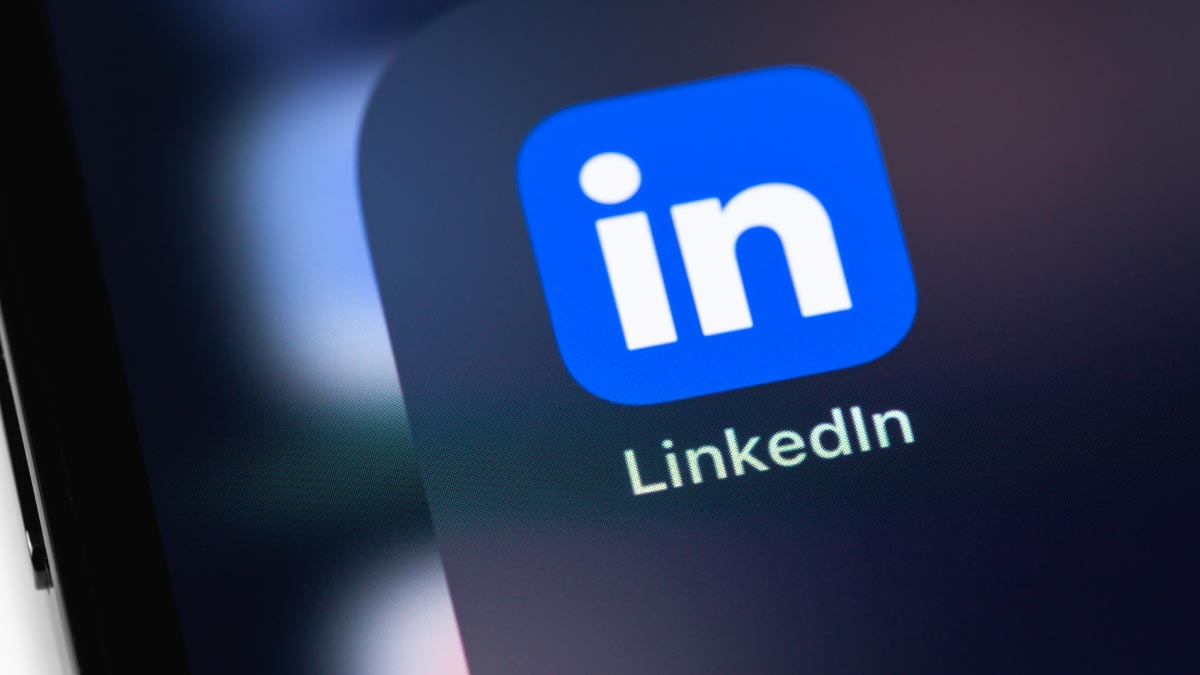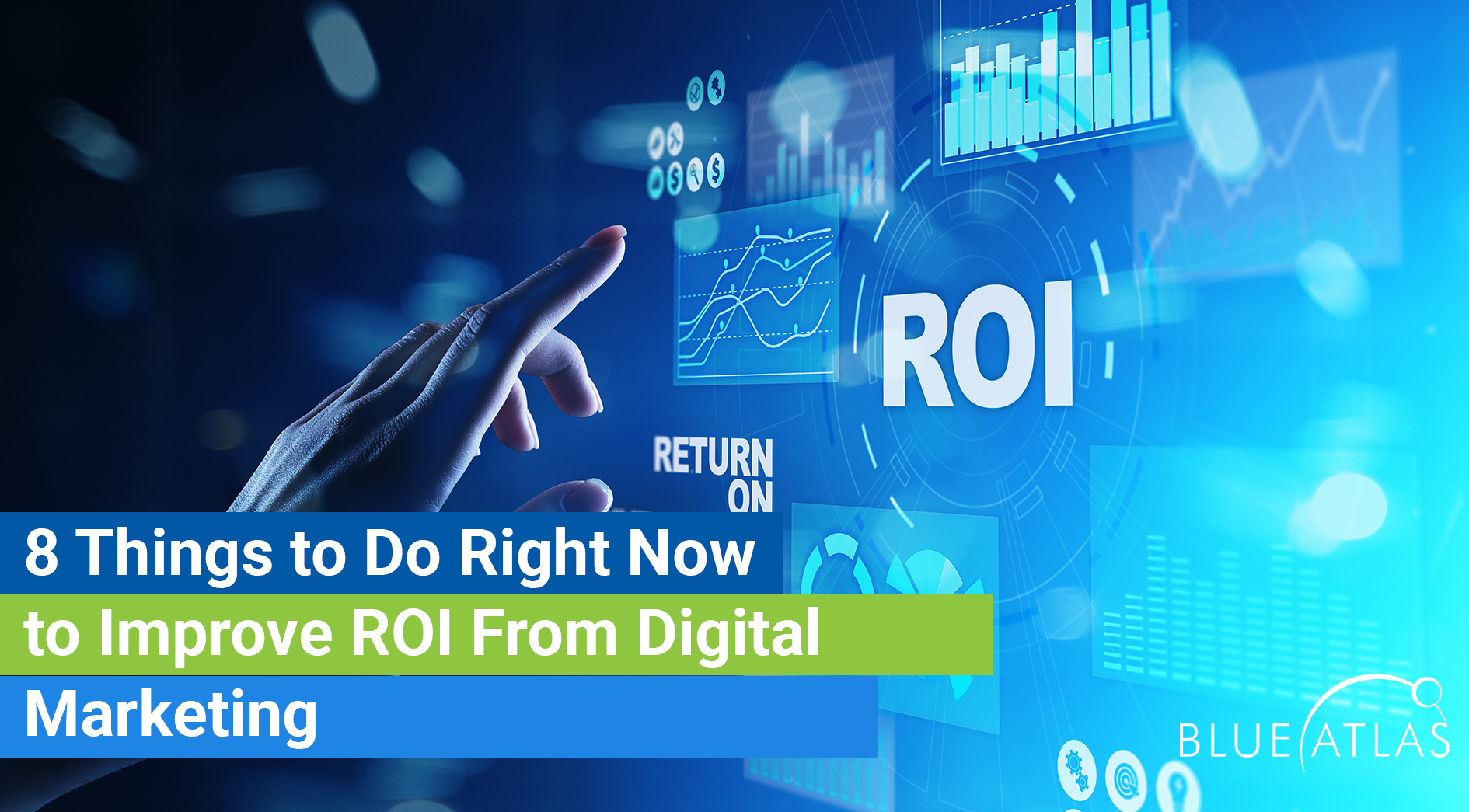How to Use LinkedIn for B2B Marketing Effectively

Having trouble leveraging LinkedIn for your B2B company? You’re not alone. Many business owners, operational supervisors, and marketing professionals are seeking ways to maximize LinkedIn’s potential in today’s techno-social landscape.
This article will show you how to use LinkedIn for B2B marketing to reach your target audience, connect with potential customers, and build genuine relationships. We’ll cover essential aspects, from enhancing your profile to engaging with key decision-makers.
Let’s dive into the details and discover how to use LinkedIn for your business success effectively.
Key Takeaways:
Understanding LinkedIn for B2B Marketing
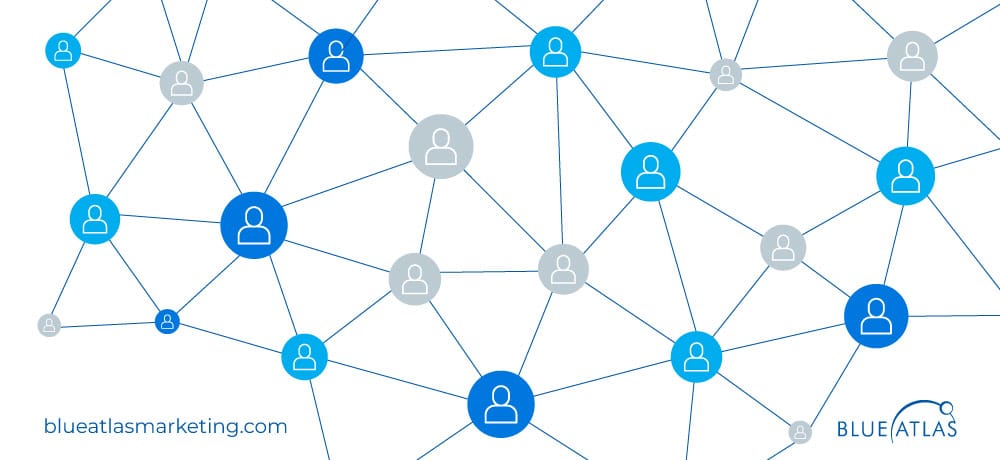
LinkedIn is known as the leading professional networking platform globally providing exceptional opportunities for B2B marketing. It serves as a space where companies can directly interact with decision-makers, establish authority in their industry, and nurture valuable professional connections.
Unlike typical social media platforms, LinkedIn is tailored for professional engagements, making it an ideal setting for B2B marketers to effectively target their desired audience. Utilizing LinkedIn’s distinct tools and features, businesses can present their value propositions directly to potential clients and partners.
With that being said, LinkedIn goes beyond being just a tool; it serves as a powerhouse that revolutionizes how businesses engage with, communicate with, and convert professional audiences.
Focusing on businesses and professionals, LinkedIn presents an ideal arena for B2B marketing strategies. The platform enables companies to form authentic relationships, participate in industry-specific conversations, and showcase their expertise.
This concentrated environment not only helps marketers reach out but also resonates with crucial decision-makers, fostering business expansion. Embracing LinkedIn for B2B marketing endeavors can result in higher-quality leads and more meaningful professional connections.
Building a Strong LinkedIn Presence
Optimizing Your LinkedIn Company Page
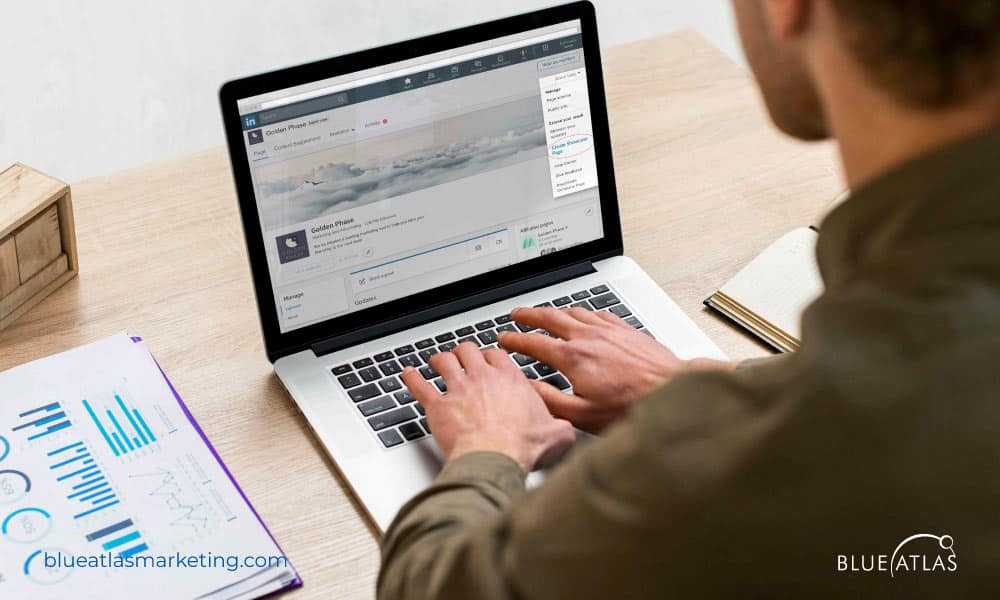
Start by crafting an engaging company profile that highlights your expertise and accomplishments.
Incorporate relevant keywords to increase your visibility in searches thoughtfully.
Your LinkedIn profile serves as your online CV, ensuring it remains current and engaging.
Don’t just create the profile and forget about it – actively participate in discussions, share your opinions, and interact with posts to foster authentic relationships.
Receiving endorsements can also enhance your reputation and credibility.
By maintaining an active and engaging presence, you can attract suitable contacts and leave a positive professional impact.
This leads to the creation of the Showcase Page.
Showcase Pages are a powerful extension of your LinkedIn company page, allowing you to highlight specific product lines or brands. These pages function somewhat independently, each with its own followers, status updates, and functionality akin to mini-LinkedIn company pages.
To effectively utilize Showcase Pages, follow these steps:
- Choose a Page Name: Select a name that clearly represents the specific product line or brand you want to showcase.
- Create the Showcase Page: Set up the page from your company profile, ensuring it has all the necessary information and branding elements.
- Optimize the Page for Search: Incorporate relevant keywords and engaging content to enhance visibility and attract the right audience.
Create a Compelling Content Strategy
Creating engaging content is crucial for a successful LinkedIn strategy. Four common yet powerful types of content include:
Blog Posts –sharing in-depth articles that provide valuable insights or solutions to industry problems.
News Articles – keeping your audience informed about the latest industry trends and updates.
Images – using visuals to grab attention and convey messages quickly.
Videos – engaging your audience with dynamic content that can demonstrate products, share testimonials, or provide educational material.
These content types can help you connect with your audience on a deeper level, encourage interaction, and build a stronger online presence.
To learn more types of content, visit Effective LinkedIn Marketing Strategies.
Advanced LinkedIn Strategies
Utilizing LinkedIn’s Advanced Search Features
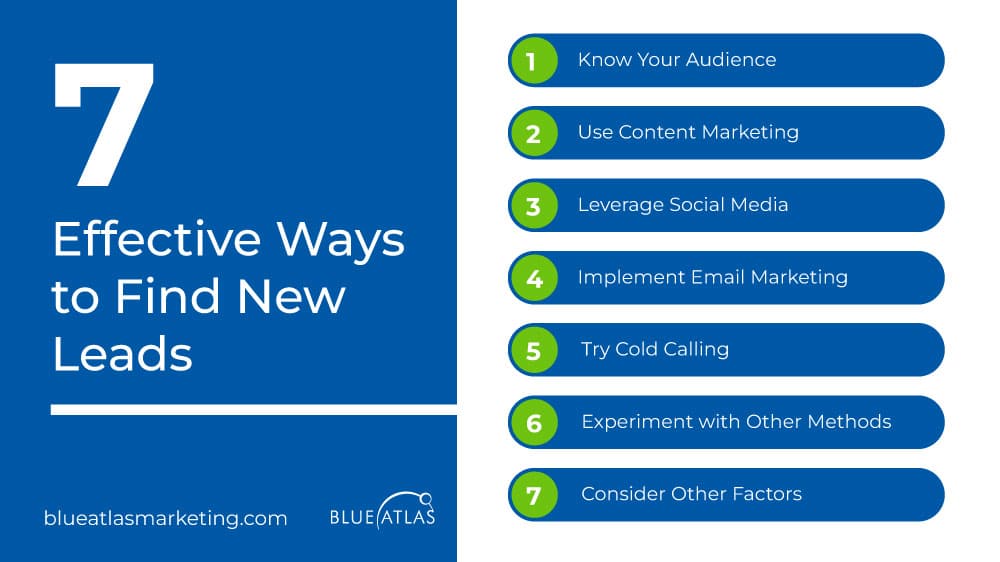
Finding and connecting with potential leads on LinkedIn is crucial for B2B success. Here are seven effective ways to find new leads:
- Know Your Audience – understanding your target demographic and tailor your search accordingly.
- Use Content Marketing – sharing valuable content that attracts potential leads.
- Leverage Social Media – engaging with prospects through LinkedIn posts and interactions.
- Implement Email Marketing – using LinkedIn to gather emails for targeted campaigns.
- Try Cold Calling – reaching out directly to potential leads.
- Experiment with Other Methods – exploring different tactics to find what works best.
- Consider Other Factors – staying aware of industry trends and adjust your strategies.
You can effectively identify and connect with leads, driving business growth if you wish to follow these tips.
You can also create and oversee LinkedIn Groups for discussions tailored to your industry, which can greatly enhance your interaction.
- Go to the Group’s homepage. Select the ‘Create group‘ option.
- Fill out the required fields with your group name and a brief overview of its purpose.
- Add a logo and cover image to give your group a look. Once your group is set up, focus on interaction.
- Share content, start conversations, and inspire participation.
Managing your LinkedIn group effectively will cultivate a community offering networking opportunities and discussions. Engaging with members after establishing your group is crucial for keeping activity and interest high.

Regularly sharing content, starting conversations, and encouraging member involvement will keep everyone informed and up-to-date with the latest industry trends and discussions. Respond promptly to comments and queries to nurture a community spirit and maintain the group’s liveliness and value for all members.
Using LinkedIn Sales Navigator
LinkedIn Sales Navigator is a powerful tool designed to enhance your B2B marketing efforts. It offers three main benefits that can significantly improve your lead generation and sales processes.
| Benefits | Description |
| Discover Warm Paths | Uncover unknown warm paths into accounts, including connections with old colleagues and influential contacts. This helps in identifying valuable networking opportunities. |
| Data Insights | Utilize data insights to determine which leads are most likely to produce the best results. This allows you to prioritize your efforts effectively and focus on high-potential prospects. |
| Actionable Guidance | Receive clear guidance on what actions to take at critical stages of the sales process. This helps you engage with prospects more strategically and improve your chances of success. |
Enhancing Engagement and Outreach
Building Thought Leadership and Authority

To build thought leadership on LinkedIn, sharing industry insights and reports is essential. Below are five ways to effectively share these insights:
- Know Your Audience: Understand who you are speaking to and what information they find valuable.
- Choose Your Format: Decide whether to present your insights as articles, infographics, videos, or another engaging format.
- Use Credible Sources: Base your insights on reliable and authoritative sources to enhance credibility.
- Tell a Story: Present the data and insights in a compelling and easy-to-follow narrative.
- Invite Feedback: Encourage your audience to share their thoughts and engage in discussions about the insights shared.
Once you are perceived by your company as a leader and an expert, it’s important to share perspectives that challenge beliefs and tell stories that highlight your expertise. You should be relatable. Staying ensures that your content connects with your audience and addresses their concerns effectively.
Moreover, you offer insights into trends and advancements, which helps anticipate what lies ahead in your field, keeping your audience informed and interested. Regularly assessing your audience’s interests allows you to customize your content to meet their needs, establishing your credibility within the industry.
Encouraging Employee Advocacy
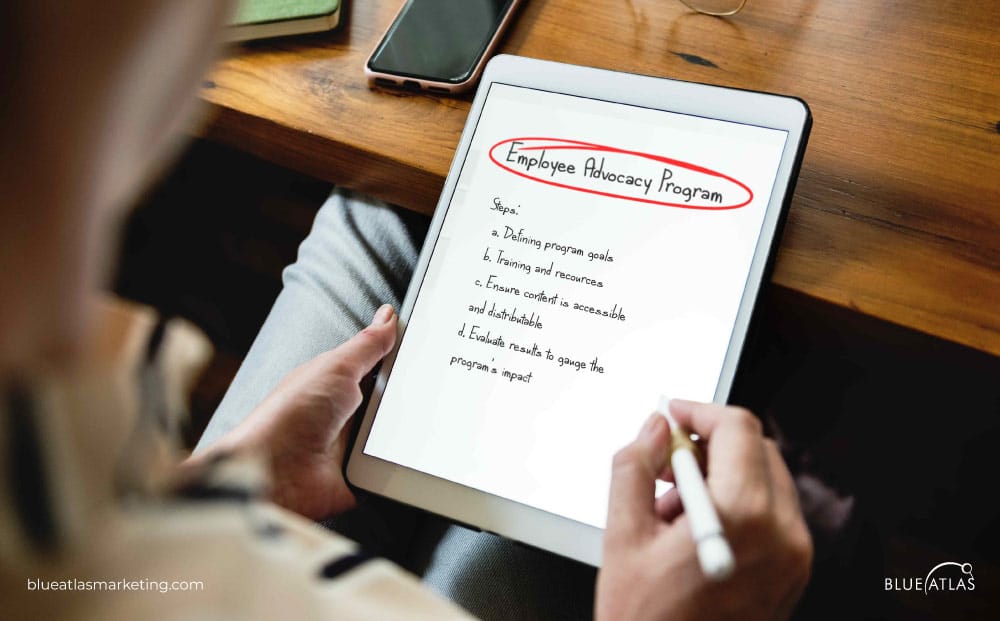
Employees play a crucial role in spreading your brand’s message. According to a study, when employees share brand messages, they can reach 561% further than if the organization shares the message on its own.
This expanded reach is attributed to employees’ personal networks and credibility, which can greatly boost the visibility and impact of your marketing endeavors.
Encouraging employees to share company updates, industry insights, and personal anecdotes related to their work not only helps establish a relatable brand presence on LinkedIn but also makes them feel important and influential. Taking it a step further, you could implement an employee advocacy program.
Developing an employee advocacy program involves crucial steps:
(a) Begin by clearly defining program goals and boundaries to ensure everyone comprehends the objectives and limitations.
(b) Align the program with your brand values for messaging. Offer training and resources to empower employees with the knowledge and tools needed to advocate. Engage employees who can set a positive example.
(c) Simplify content sharing by making it easily accessible and distributable.
(d). It’s crucial to evaluate results to gauge the program’s impact and make any tweaks for improvement. This step not only ensures the program’s effectiveness but also reassures the audience about its value.
Finally, encourage a culture of support by acknowledging and incentivizing employees who actively engage with and contribute to the program’s achievements. This methodical strategy can greatly enhance your brand’s visibility and interaction on LinkedIn.
Networking with Decision-Makers
It’s essential to connect with influential people on LinkedIn to grow your network and gain different perspectives.
To start, find key contacts who can positively impact your business. Engage with their posts by liking, commenting, and sharing to boost your visibility. Building trust and rapport is the next crucial step. Initiate conversations with personalized messages that highlight common interests or connections.
Stay engaged with their content and offer valuable insights to nurture the relationship over time. Establishing professional relationships on LinkedIn requires ongoing dedication rather than a one-off interaction.
By personalizing connection requests and sharing relevant content, you not only benefit your connections but also demonstrate your commitment to fostering relationships. Active participation in discussions to showcase your expertise further solidifies this bond.
Successful professional relationships often involve collaborating on projects, exchanging industry insights, and providing endorsements or recommendations.
Common Pitfalls and How to Avoid Them
Avoiding Over-promotion
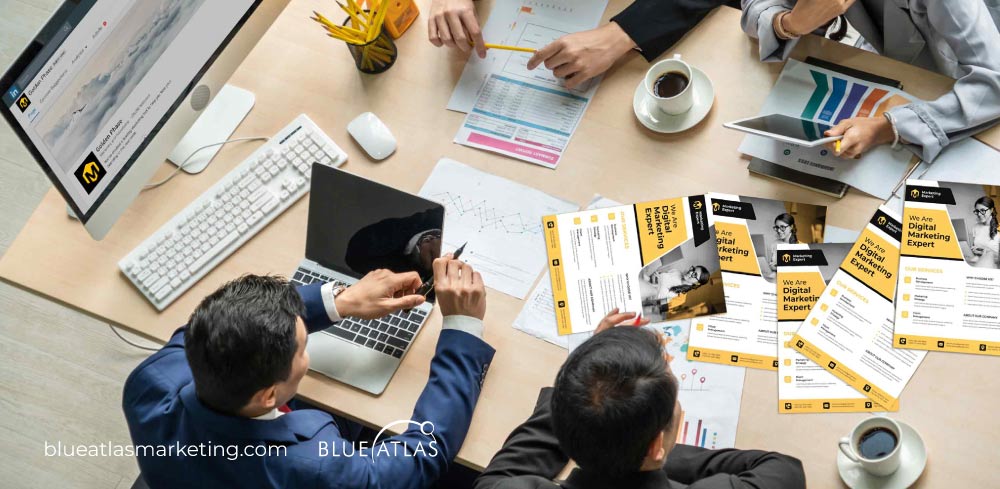
On LinkedIn, pushing information through overly promotional posts can be counterproductive. Unlike traditional marketing channels such as websites, billboards, and brochures, where pushing information at people is standard, LinkedIn users prefer to “pull” the information they find interesting.
To avoid over-promotion, focus on sharing valuable content that provides insights, solutions, and industry updates. This approach ensures that your posts are seen as helpful rather than pushy, thereby maintaining your audience’s interest and building trust over time.
Maintaining Authentic Engagement
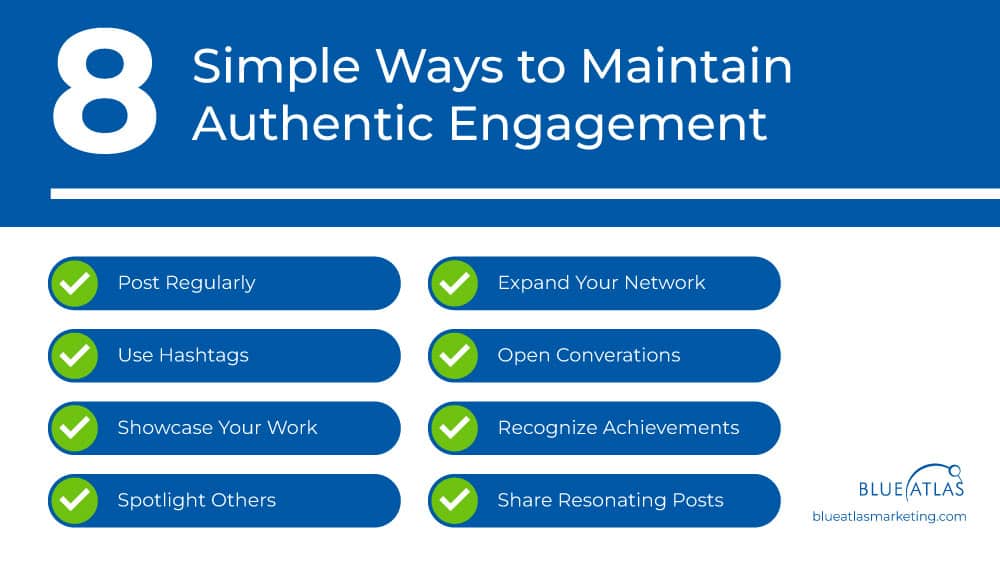
Engaging authentically is crucial for organic network growth on LinkedIn. Here are eight simple ways to maintain authentic engagement:
- Post Regularly: Share updates about people, ideas, and organizations you are passionate about.
- Use Hashtags: Utilize relevant hashtags to reach like-minded individuals.
- Showcase Your Work: Highlight your professional projects, volunteering, and advocacy efforts.
- Spotlight Others: Recognize and appreciate the work of your team, colleagues, and other professionals.
- Expand Your Network: Connect with people you interact with in various facets of life.
- Open Conversations: Be open to engaging with new people who share similar interests.
- Recognize Achievements: Acknowledge the accomplishments of your network members.
- Share Resonating Posts: Post content that resonates with you and your audience.
Following these tips can maintain a genuine and engaging presence on LinkedIn, fostering stronger and more meaningful professional relationships. Authentic engagement helps build trust and rapport, making your network more vibrant and supportive.
Frequently Asked Questions (FAQs)
How do I optimize my LinkedIn profile for B2B marketing?
Start with a compelling headline and a professional profile photo. Write an engaging summary that highlights your expertise and value. Include relevant keywords to enhance searchability.
Update your work experience with detailed descriptions and accomplishments. Adding recommendations and endorsements from colleagues can further validate your expertise.
What are the best practices for creating LinkedIn content that resonates with B2B audiences?
Focus on providing value and insights through industry news, research, and thought leadership articles. Use a mix of formats, including articles, videos, and infographics.
Personalize your posts by sharing experiences and insights. Encourage engagement by asking questions or prompting discussions. Regular posting and interaction help build a strong presence.
How can I effectively network with decision-makers on LinkedIn?
Identify your target contacts and engage with their content. Send personalized connection requests and maintain regular interaction. Participate in discussions and offer valuable insights. Building rapport and trust is key to establishing meaningful professional relationships.
Mastering how to use LinkedIn for B2B marketing can significantly boost your business’s reach and impact. By optimizing your profile, creating engaging content, and leveraging advanced strategies, you can enhance brand awareness and connect with key decision-makers.
LinkedIn is a valuable tool for fostering authentic engagement, making it a great place to establish your brand as a thought leader. Embrace these tactics, and watch as your connections grow and your business thrives.
Start using LinkedIn today to influence business decisions and see the difference it makes for your B2B marketing efforts.
Ready to take your LinkedIn marketing to the next level?
Contact Blue Atlas Marketing for expert guidance and tailored strategies that drive results.
Let us help you harness the full potential of LinkedIn to grow your business and achieve your marketing goals.
Reach out to Blue Atlas today and start your journey towards LinkedIn success.

